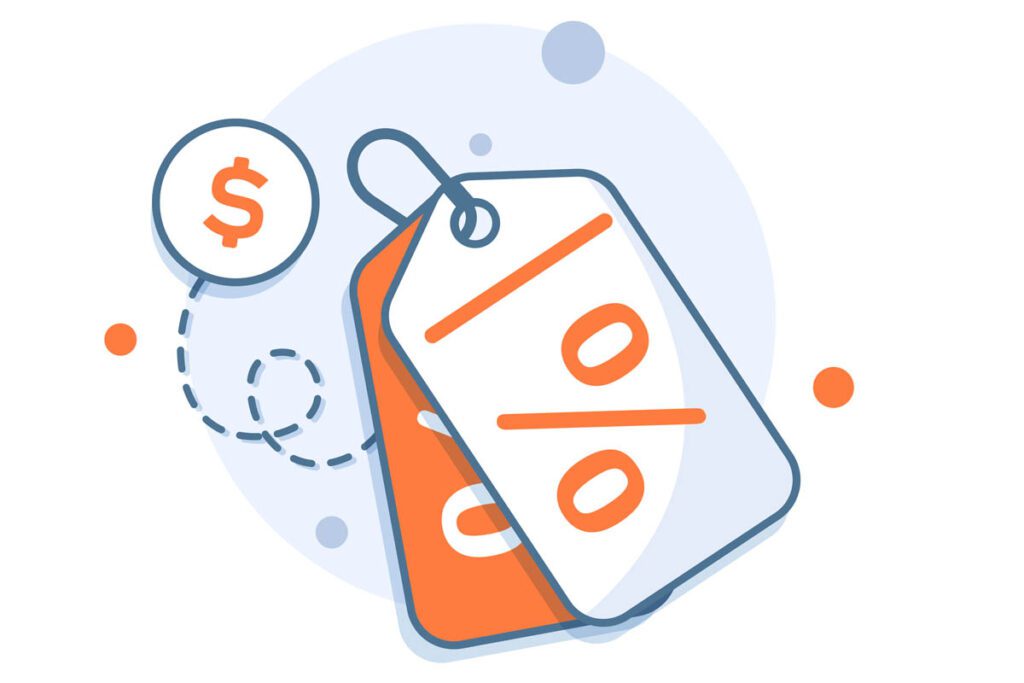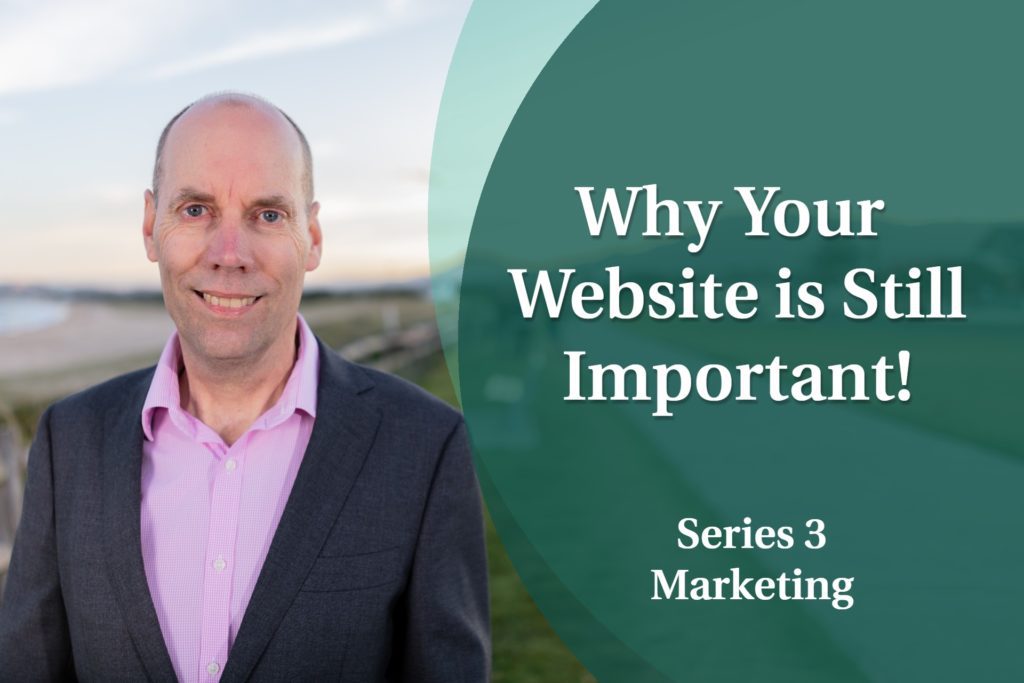
by Phil Latz
Hi, welcome to this latest blog of my finance series that I hope will help you become more successful in your business.
As a business owner myself for many years, I understand the challenges that you face.
The theme of this series is how to maximise your profit.
One of the quickest and easiest ways to destroy the profit of your business is to give your customers excessive discounts.
I’ve seen this so often with clients that I’ve coached and with other businesses that I’ve observed through my years in business media.
Notice that I didn’t just say ‘discounts’, I said excessive discounts. In almost every business, there will be a time and place to discount.
Here are the most common scenarios where I would endorse discounting.
Firstly, when you’re getting something in return that boosts your profitability. For example, if it entices a customer to buy in bulk, so your costs per unit fall, it can pay to offer a carefully calibrated discount.
Secondly, when you’ve made a mistake in your stock purchasing or the market has moved and demand has dropped and you find yourself with old stock, you’re better off to liquidate it and move on. The same applies with seasonal stock or dated stock.
But far too often, businesses discount without being aware of the damage it’s doing to their profitability.
Many times as a customer I’ve been offered a discount when I haven’t even asked for one!
I might have been perfectly happy to pay full price. That business has just robbed itself of vital profits.
How much profit?
More than you probably realise.
If you discount a product by 10% then you have to sell 10% more to make up for the shortfall in profit. Right? Wrong!
The answer depends upon what mark-up you started with on the product, but it could even be that no amount of additional sales will make up for the lower profit margin. It comes down to a mathematical calculation.
For example
If your profit margin is 50% at the full retail price and you discount by 10%, then you will need to sell 25% more products just to earn the same total amount of profit.
But if your profit margin is 20% at the full retail price and you discount by 10%, then you will need to sell 100% more products, in other words twice as many, in order to earn the same total profit.
It gets even worse because selling more products usually means more work, more stock, more space, more cash tied up and more headaches.
So if discounting hurts profitability so much, then why is it so commonplace?
Here are four reasons.
Firstly, few business owners fully understand the full cost of discounting.
Secondly, especially in the scenario I mentioned previously where I’ve been offered discounts without even asking for one, sales-people have inadequate training, or perhaps are on a bonus system linked to sales rather than profits. Remember sales (or turnover) is vanity and profit is sanity.
Thirdly, many business owners are afraid to charge what their products and services are truly worth. The bottom line is they’re choosing to work harder for less profit than risk rejection or accusations of being a ‘price gouger’. We all want to be liked and popular with our customers, it’s human nature. But it’s possible and better, to be both popular and profitable.
Fourthly, businesses think they can gain market share and ‘hurt’ their competitors by undercutting them.
I’d like to deal with this fourth reason first. It’s something I saw every month in the during my first 25 year season in the media industry from 1989 to 2014. During this time we founded and published several consumer and trade magazines.
Our competitors would consistently discount their advertising rates to get the sale. Often they were half the price per page that we were charging.
Surely we had to match them? No! We always held our ground and stuck to our rates card. We decided that we were prepared to lose the sale rather than give any customer a special deal.
Over those 25 years, we saw many of these discounting competitors come and go, but our titles were still going strong and in part because of the attractive advertising rates we were achieving, we were able to sell our business to a blue chip publisher at a very fair price.
Therefore I would argue that competing upon price only sets you up for a race to the bottom. In races such as these, only one or two of the biggest players, with the deepest pockets end up winning. They’re usually publicly traded companies who gain market share by driving out the independents.
You’ll never win a price war against these guys, so what can you do?
You need to sell on value not price. Customers may tell you they want the lowest price. They may even think this themselves, but often that’s not true.
Many purchases, especially consumer purchases of discretionary items, are far less price sensitive than you may imagine.
I remember reading an example of a cosmetics company that had a moderately successful product. Later they sold their business to a larger competitor. The new owner halved the size of the product and doubled the price, a 400% price increase per gram. So profit per unit went through the roof but interestingly, sales volume went up too!
Apparently, consumers were suspicious at the old price that the product was inferior. When it was more expensive, they felt more reassured.
Was the new business being unethical? I don’t think so. The aim of a business is to maximise profit. If the consumer thinks they’re getting value and they’re not being deceived or coerced into buying then where is the victim?
I understand that in competitive markets, you will come under pressure from consumers to offer a discount. But even when you feel compelled, try alternatives that cost you less.
For example, offer to throw in an accessory at half price. Preferably this upsell product is something on which you already have a high margin.
Or offer an extended warranty, free first service or some other form of value add, that gets the customer back and gives you opportunity for further sales and relationship deepening.
In summary, discounting is a sign of desperation that can lead to death, particularly in small to medium businesses.
You’re far better off working hard on all of the aspects that give your customers better value. The list of possibilities is long. Everything from better sales staff training, through to better stock displays and product information, through to carrying a better product range, stronger guarantees, quicker delivery and more.
Ultimately, even if they don’t fully realise it, customers buy on value, and price is only one of many factors that determine value for money. Value is not as cut and dried a measure as it might sound. Emotion has a strong influence of the perceived value of many products and services.
So please be strategic about when and why you discount. Don’t destroy your profits for no good reason!
I believe that with passion, consistent effort and wise advice you can succeed in your business.
I wish you all the best and I’ll see you next time.


